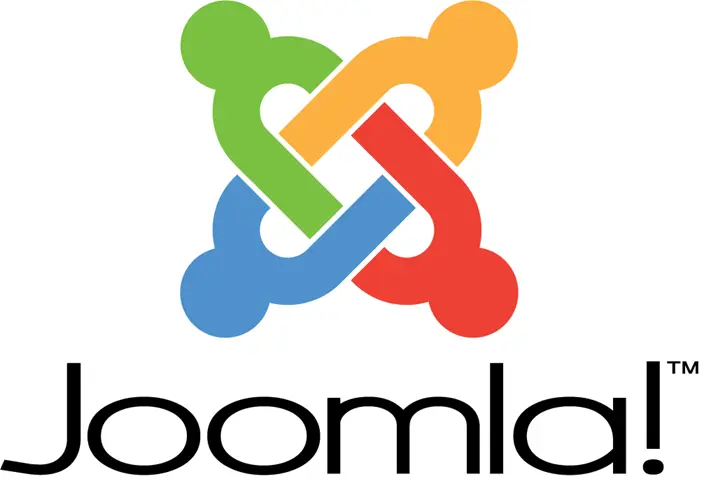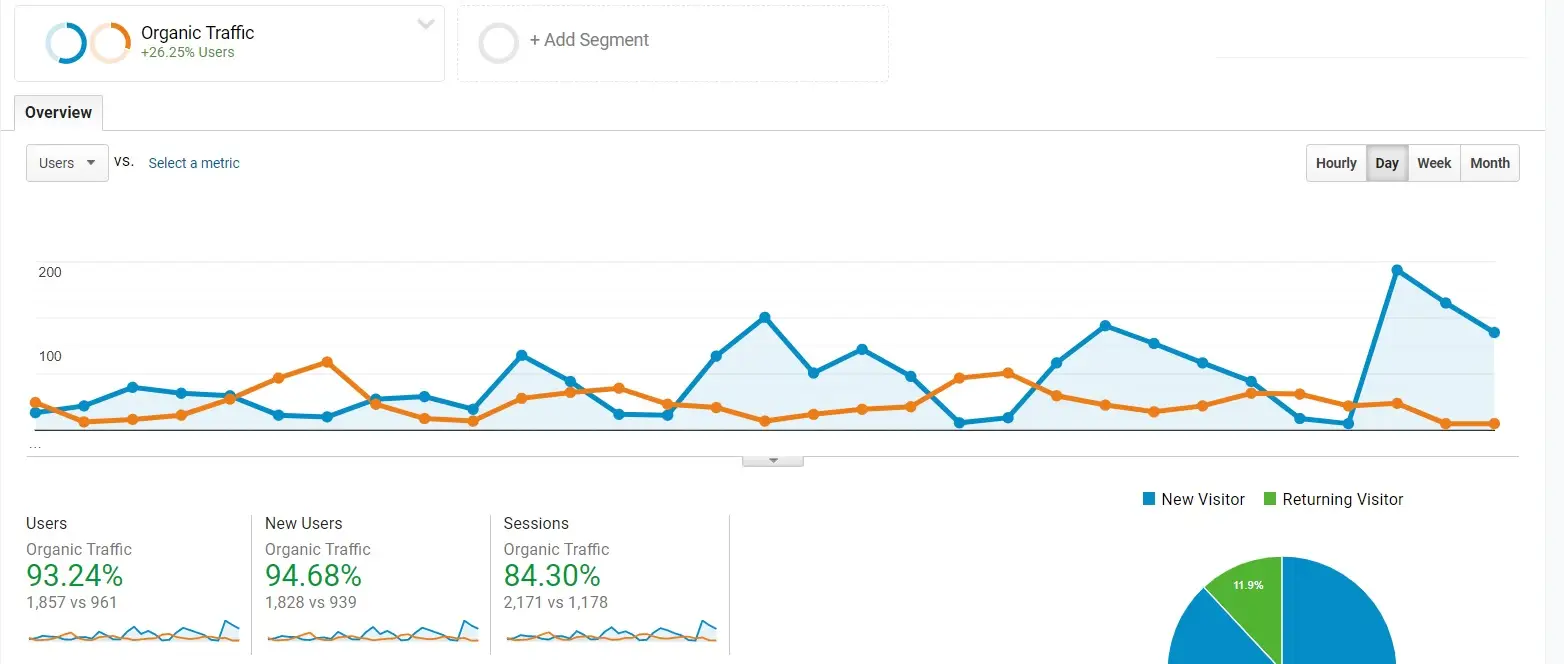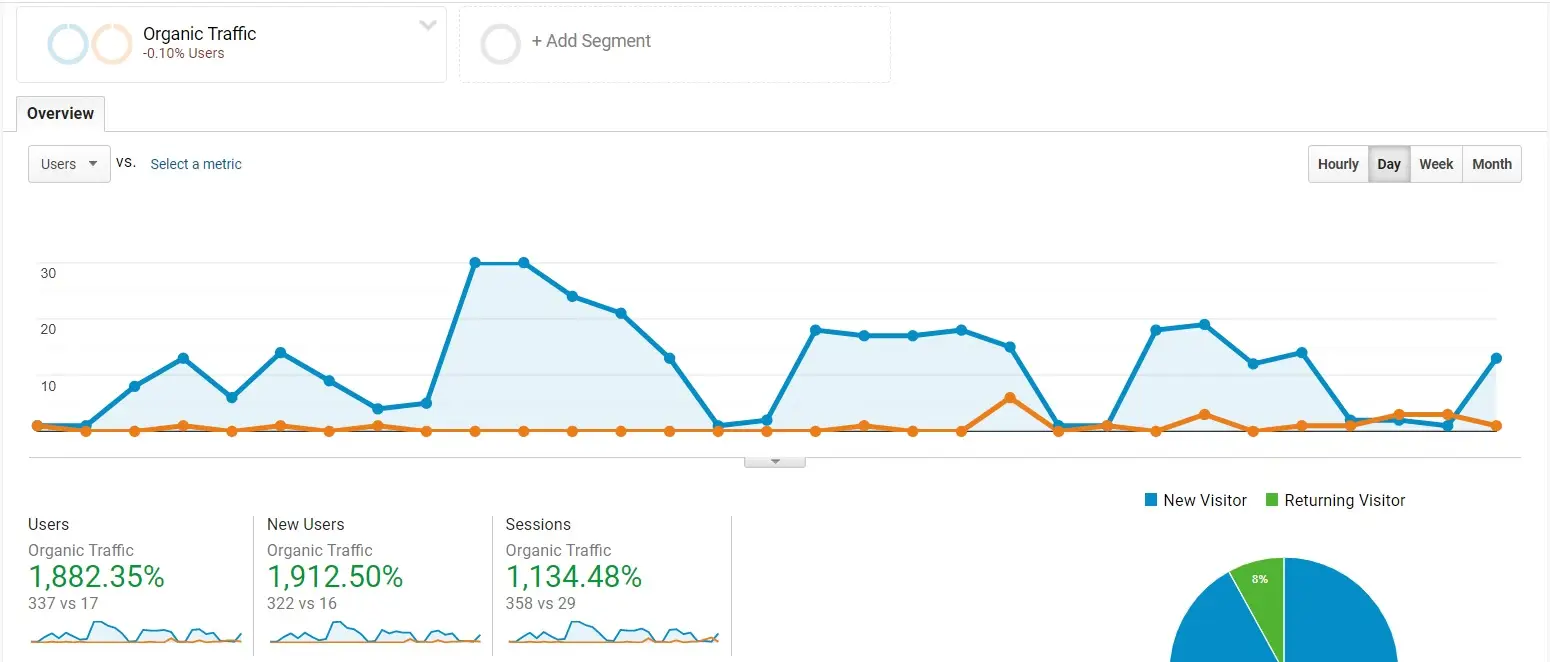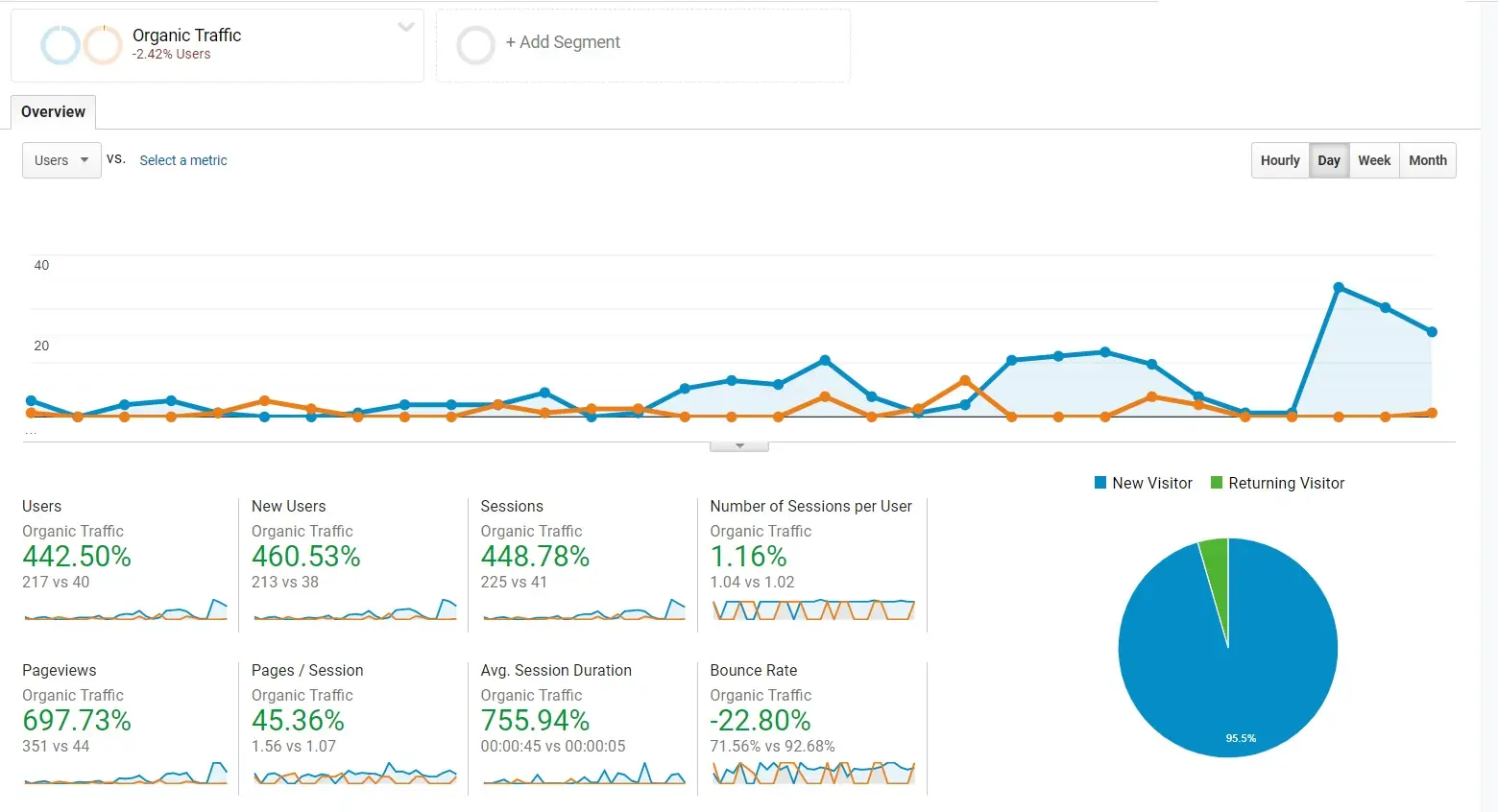Unlock your SEO Potential: From Netherlands to Global domination
SEO serves as a pivotal catalyst for businesses seeking to broaden their reach, especially within Netherlands dynamic market. Our meticulously crafted SEO strategies, effectively target consumers who are actively searching for keywords related to your business.
SEO Web Up will not only reinforce your brand’s authority but also nurture a meaningful connection with the target community. A well-executed SEO strategy has the potential to transform your website into a formidable instrument for driving targeted traffic, enhancing your credibility, and ultimately fostering sustainable growth.
Embrace the opportunity to unlock your business’s full potential by strategically targeting most sought-after locales, where the efficacy of location-based SEO is unmatched. Or optimize your online presence and engage targeted audiences worldwide with our international SEO expertise!
Industry Spotlight (Netherlands): Digital Triumphs and Secrets of Online Success
1. Agriculture and Food Production
The Netherlands is a global leader in agriculture and food production, renowned for its innovative farming techniques and high-quality products. Companies in this sector utilize online marketing to promote their sustainability practices and fresh offerings. Imagine vibrant social media posts showcasing colorful fruits and vegetables, along with engaging videos that provide a behind-the-scenes look at modern farming methods. Informative blogs share insights on food safety and sustainability, while targeted ads promote local markets and food festivals, encouraging support for Dutch agriculture.
2. Technology and Innovation
The Dutch tech industry is booming, with a strong focus on innovation, startups, and research. Companies leverage online marketing to highlight their cutting-edge technologies and success stories. Picture engaging content that explains complex tech solutions in simple terms, alongside webinars featuring industry experts discussing the latest trends. Social media campaigns celebrate local tech events and promote networking opportunities, while targeted ads attract businesses looking for tech partnerships and solutions.
3. Logistics and Transportation
With its strategic location and advanced infrastructure, the Netherlands is a major hub for logistics and transportation. Firms in this sector utilize online marketing to showcase their efficiency and capabilities. Imagine dynamic content highlighting the logistics process, from shipping to warehousing. Engaging infographics illustrate the benefits of choosing the Netherlands for trade and logistics, while social media posts feature updates on industry news and events, attracting businesses seeking reliable logistics solutions.
4. Renewable Energy
The Netherlands is committed to sustainability and renewable energy, particularly wind and solar power. Companies in this sector harness online marketing to promote their initiatives and innovations. Picture engaging videos showcasing wind farms and solar projects, complemented by infographics that explain their environmental impact. Social media campaigns celebrate community involvement in green initiatives, while targeted ads attract investors and consumers interested in sustainable energy solutions.
5. Creative Industries
The Dutch creative sector, including design, art, and media, is vibrant and diverse. Companies leverage online marketing to showcase their work and engage with audiences. Imagine visually stunning content that highlights local artists, designers, and cultural events. Engaging social media posts invite community participation and celebrate artistic achievements, while targeted ads promote exhibitions, festivals, and creative workshops, fostering a thriving cultural scene that attracts both locals and tourists.
6. Healthcare and Life Sciences
The Netherlands is known for its advanced healthcare system and robust life sciences sector. Companies utilize online marketing to raise awareness about their services and innovations. Picture informative videos and blog posts that explain medical procedures and the latest health research. Social media campaigns share patient success stories and health tips, while targeted ads promote wellness programs and healthcare services, creating a sense of community around health initiatives.
7. Finance and Insurance
With a strong financial sector, the Netherlands is home to numerous banks and insurance companies. These firms leverage online marketing to build trust and attract clients. Imagine engaging webinars that explain financial products, complemented by informative articles on market trends and investment strategies. Social media campaigns share client testimonials and financial tips, while targeted ads promote various financial services, reaching a broad audience.
8. Tourism
The Netherlands is a popular tourist destination, famous for its picturesque canals, vibrant cities, and rich culture. The tourism industry employs creative online marketing strategies to attract visitors. Picture stunning visuals of Amsterdam’s canals, tulip fields, and historic sites. Engaging videos offer virtual tours of attractions, while social media campaigns feature traveler experiences and tips. Collaborations with travel influencers help share authentic stories, while targeted ads promote travel packages and special events, ensuring the Netherlands remains a top choice for travelers.
9. Manufacturing
The manufacturing sector in the Netherlands is diverse, producing everything from machinery to high-tech products. Companies leverage online marketing to promote their innovation and quality standards. Imagine dynamic content showcasing the production process and behind-the-scenes insights into manufacturing facilities. Engaging case studies illustrate successful projects, while targeted ads highlight industry exhibitions and partnerships, attracting potential clients and collaborators.
10. Education
With a strong emphasis on quality education and research, the Netherlands is home to many prestigious institutions. Educational organizations use online marketing to attract students and parents. Imagine engaging video tours of campuses, showcasing student life and academic offerings. Social media campaigns highlight scholarship opportunities and innovative educational programs, fostering a sense of community among students and educators. Targeted ads ensure educational offerings reach prospective students globally, promoting the Netherlands as a prime destination for higher education.
Online Marketing Mavericks: Inspiring Campaigns by Renowned Companies
1. Netherlands Board of Tourism & Conventions (NBTC)
Discover the charm of the Netherlands with the Netherlands Board of Tourism & Conventions (NBTC)! Their online marketing strategy showcases the country’s stunning landscapes, vibrant cities, and rich culture. Through captivating visuals and storytelling, their social media campaigns invite travelers to explore everything from the iconic canals of Amsterdam to the tulip fields of Keukenhof. Each post sparks curiosity and inspires wanderlust, encouraging visitors to dive into the unique experiences and hidden gems that the Netherlands has to offer.
2. Rijksmuseum
Step into the world of art at the Rijksmuseum, where masterpieces come to life! Their online marketing strategy highlights the museum’s impressive collection, featuring works by Dutch masters like Rembrandt and Vermeer. Engaging social media content showcases virtual tours, educational resources, and behind-the-scenes glimpses of exhibitions. Each post invites art lovers and curious minds to explore the rich cultural heritage of the Netherlands, making the museum a must-visit destination for anyone interested in art and history.
3. Heineken
Raise a glass to Heineken, one of the world’s most famous breweries! Their online marketing strategy emphasizes the brewing process, heritage, and social experiences surrounding their iconic beer. Engaging content on social media features stunning visuals of brewery tours, beer tastings, and events, inviting fans to join in the celebration. Each post fosters a sense of community, encouraging followers to share their own Heineken moments and creating a lively atmosphere around this beloved brand.
4. Keukenhof
Experience a floral wonderland at Keukenhof, the world’s largest flower garden! Their online marketing strategy focuses on the breathtaking beauty of tulips and other spring flowers. Engaging social media posts showcase stunning photography, highlight special events, and provide gardening tips, inviting visitors to immerse themselves in the vibrant colors and scents of the gardens. Each post captures the magic of spring, inspiring garden enthusiasts and nature lovers to plan a visit.
5. Efteling
Enter a fairytale realm at Efteling, the enchanting theme park that brings stories to life! Their online marketing strategy emphasizes magical experiences and thrilling attractions. Engaging content on social media features enchanting visuals, visitor testimonials, and sneak peeks of seasonal events, inviting families to create unforgettable memories. Each post celebrates the joy of imagination and adventure, making Efteling a must-visit destination for both young and young-at-heart.
6. Dutch National Opera & Ballet
Immerse yourself in the arts with the Dutch National Opera & Ballet! Their online marketing strategy showcases the beauty and emotion of opera and ballet performances. Engaging social media posts feature rehearsal snippets, artist interviews, and highlights from past performances, inviting audiences to experience the magic of live art. Each post fosters a love for the performing arts, encouraging attendees to enjoy a night of culture and creativity.
7. Amsterdam Canal Tours
Explore the enchanting canals of Amsterdam with Amsterdam Canal Tours! Their online marketing strategy highlights the beauty and history of the city’s waterways. Engaging content features stunning photography, visitor experiences, and promotions for various tour options. Each post invites travelers to uncover Amsterdam’s charm from a unique perspective, encouraging them to relax and enjoy the scenic views that make the city famous.
8. Dutch Fashion Brands
Celebrate creativity with leading Dutch fashion brands like G-Star RAW and The People of the Labyrinths! Their online marketing strategies emphasize sustainability, innovation, and unique designs. Engaging content features runway highlights, designer interviews, and styling tips, connecting fashion enthusiasts with the vibrant local scene. Each post inspires followers to embrace Dutch design while promoting a conscious approach to fashion.
9. A’DAM Lookout
Soar to new heights at A’DAM Lookout, where breathtaking views of Amsterdam await! Their online marketing strategy showcases the stunning panoramas available from the observation deck. Engaging social media content features visitor experiences, exciting events, and promotions for the thrilling “Over the Edge” swing. Each post invites adventure seekers and tourists to enjoy a unique perspective of the city, making it a top destination for those looking to explore Amsterdam.
10. Dutch Cheese Makers
Indulge in the rich flavors of Dutch cheese with local cheese makers like Henri Willig! Their online marketing strategies celebrate the art of cheesemaking through engaging content that features behind-the-scenes looks at the production process, tasting tips, and recipes. Vibrant social media posts invite cheese lovers to explore the delicious varieties available, fostering a community that appreciates the culinary heritage of the Netherlands.
11. Discover Friesland
Escape to the picturesque landscapes of Friesland, where nature and culture blend harmoniously! The Discover Friesland campaign utilizes online marketing to showcase the region’s beautiful lakes, charming villages, and rich traditions. Engaging social media posts feature stunning photography, local events, and travel tips, inviting visitors to explore this hidden gem. Each post encourages travelers to immerse themselves in the serene beauty and vibrant culture that Friesland has to offer.
The SEO Map of Netherlands: Key Locations for Marketing Success
Amsterdam: Amsterdam is the vibrant pulse of the Netherlands, a city where historic charm meets cutting-edge innovation. As a global business hub, it thrives with diverse industries, including technology, finance, and creative sectors. The city’s dynamic atmosphere is amplified by a highly skilled workforce and a rich entrepreneurial spirit, drawing startups and multinational corporations alike. With its excellent infrastructure and seamless connectivity to international markets, Amsterdam offers an inspiring backdrop for businesses eager to flourish in a city known for its creativity and collaboration.
Rotterdam: Rotterdam is a dynamic powerhouse, renowned as the gateway to Europe through its world-class port. This city is a marvel of modern architecture and logistics, making it a vital center for international trade. The Port of Rotterdam, one of the largest in the world, supports a vast array of industries from manufacturing to energy. With a strong focus on sustainability and innovation, Rotterdam is not just about logistics; it’s a place where forward-thinking businesses can thrive and redefine the future of commerce.
Utrecht: Utrecht is a charming blend of historical significance and contemporary business energy. As one of the Netherlands’ fastest-growing economic centers, it boasts a diverse economy driven by education, healthcare, and technology. Its central location provides exceptional connectivity, making it a strategic base for companies targeting both domestic and international markets. The city’s vibrant startup ecosystem, supported by incubators and innovation hubs, along with its rich cultural offerings, creates an ideal environment for businesses and professionals alike.
The Hague: The Hague stands as the political epicenter of the Netherlands and a distinguished hub for international business and law. Home to numerous embassies, global organizations, and innovative companies, it provides a unique setting for enterprises in legal services, finance, and technology. The city’s commitment to sustainability fosters opportunities for businesses focused on environmental solutions. With beautiful parks, cultural institutions, and a coastal charm, The Hague is not only a strategic business location but also a desirable place to live and work.
Eindhoven: Eindhoven is the Netherlands’ shining star of technology and innovation, often referred to as the “Silicon Valley of Europe.” This city is a hotbed for design and tech-driven enterprises, with major players like Philips and ASML at its core. The vibrant startup ecosystem is fueled by a network of research institutions and collaborative spaces that nurture creativity and forward-thinking. With a strong emphasis on sustainability and smart technologies, Eindhoven is an ideal launching pad for businesses aiming to lead the way in tech innovation.
Groningen: Groningen is a dynamic northern city that champions sustainability and innovation. With a diverse economy encompassing energy, healthcare, and education, it’s a fertile ground for businesses seeking to make a positive impact. Home to several prestigious research institutions, Groningen promotes collaboration between academia and industry, particularly in renewable energy. Its commitment to sustainable practices, combined with a lively cultural scene and a youthful population, makes Groningen an increasingly appealing destination for entrepreneurs and startups.
Delft: Delft is a city where history and innovation coexist harmoniously. Renowned for its prestigious Delft University of Technology, the city is a breeding ground for engineering and technological excellence. The local economy thrives on a mix of startups and established firms in technology, design, and manufacturing. Delft’s commitment to sustainability and smart city initiatives enhances its appeal as a business location. With its picturesque canals and vibrant community, Delft offers a unique and inspiring environment for companies poised to innovate and grow.
Tilburg: Tilburg is an industrial city experiencing a renaissance, marked by a strong and growing economy. With a focus on logistics, manufacturing, and creative industries, Tilburg is diversifying its business landscape and attracting new ventures. Its strategic location in southern Netherlands ensures excellent connectivity to major urban centers and transport hubs. Home to several educational institutions, Tilburg produces a skilled workforce ready to meet the challenges of modern businesses. With a commitment to innovation and sustainability, Tilburg is becoming a hotbed for companies eager to establish a foothold in the region.
Breda: Breda is a picturesque city known for its rich history and flourishing business climate. With a strong emphasis on logistics, manufacturing, and service industries, it provides a supportive environment for both startups and established enterprises. Its strategic location near the Belgian border opens doors for international trade and collaboration. Breda’s dedication to sustainability and quality of life enhances its appeal for professionals and businesses alike. With a lively cultural scene and numerous recreational opportunities, Breda offers a unique backdrop for business growth.
Haarlem: Haarlem is an enchanting city that combines historical beauty with a thriving business environment. This vibrant locale is home to a mix of creative industries, technology firms, and innovative startups. Its proximity to Amsterdam provides access to a larger market while maintaining a more relaxed atmosphere. Haarlem’s focus on sustainability and quality of life attracts both talent and businesses, making it an appealing destination. With its charming architecture, rich cultural offerings, and strong sense of community, Haarlem is an inspiring choice for companies looking to make their mark.



